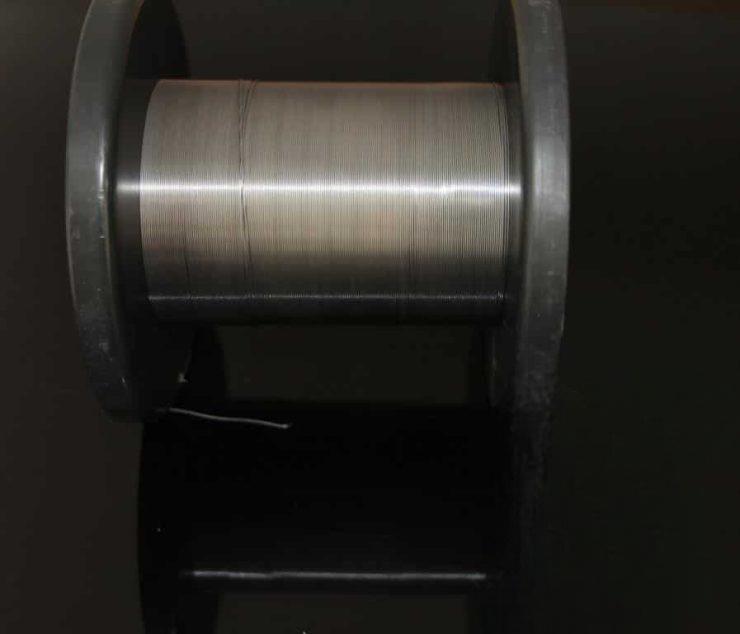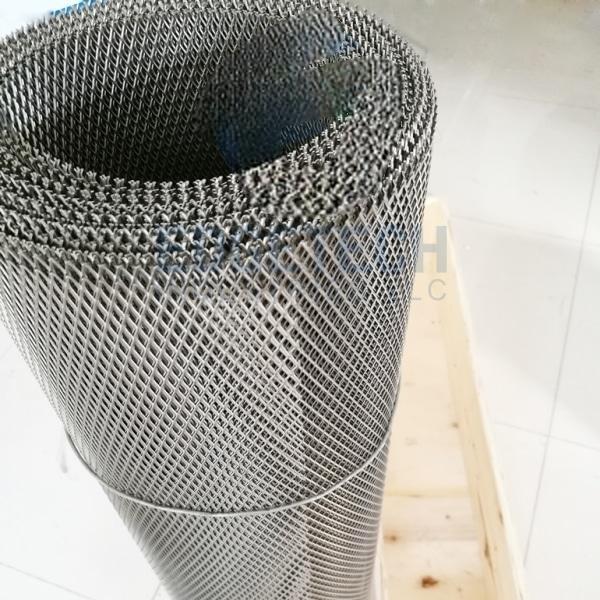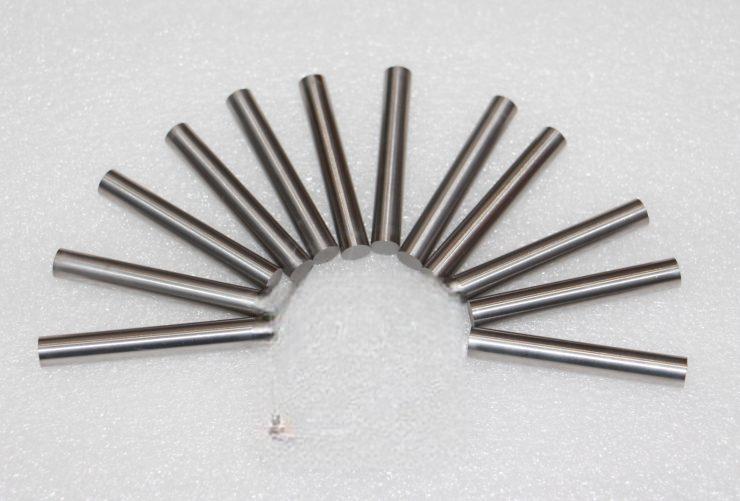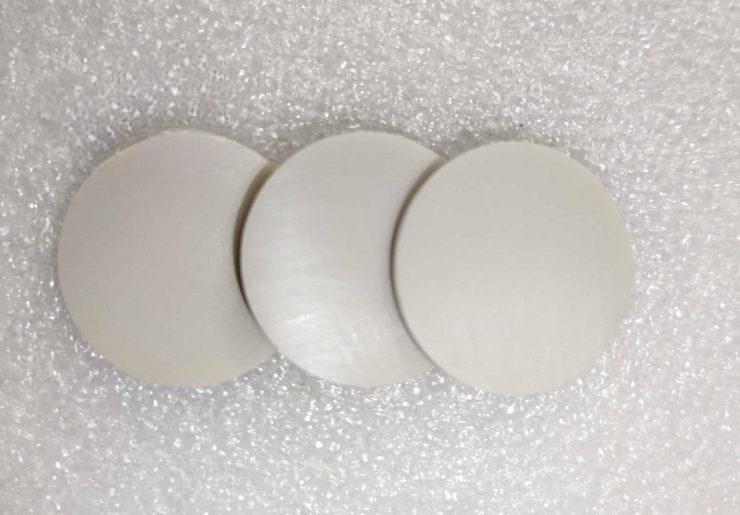Titanium is mainly used in the pharmaceutical industry to make containers, reactors, and heaters. In pharmaceutical production, equipment often comes into contact with inorganic acids, organic acids, and their salts such as hydrochloric acid, nitric acid, and sulfuric acid. Equipment is often damaged due to corrosion. At the same time, the iron ion pollution caused […]

The human brain has long been regarded as one of the most enigmatic subjects in both medicine and science, captivating interest since ancient times. Its intricate architecture and advanced functionalities continue to inspire awe. However, it is through the lens of contemporary medical technology that we can begin to uncover the secrets within the brain, […]
Alumina crucible is a fragile and consumable item that can be reused. However, some customers find residues after using it several times. How should it be cleaned? First, the best effect is to wash it according to the type of sample you make. For example, if it is an inorganic salt, you can soak it […]
Tantalum and tantalum alloys are challenging to weld and machine. Their high melting points and reactions with gases present challenges to fabricators. While tantalum and Ta-2.5%W are different from other alloys, their fabrication is not necessarily difficult if the correct procedures are followed. Successful machining of tantalum requires experience. High speeds and low cooling rates […]
Molybdenum tubes refer to tubular objects made of molybdenum, which are mainly used in chemical, aerospace, nuclear and other fields. According to the purpose and manufacturing process, molybdenum tubes can be divided into many categories, mainly including the following categories: 1. Ordinary molybdenum tubes: Ordinary molybdenum tubes are mainly used in general industrial fields, such […]
Artificial joint and artificial bone replacement materials should have the following basic properties: lightweight and high-strength materials, biocompatibility, corrosion resistance, no material degradation caused by tissue reactions in the body, less fatigue and damage caused by repeated stress, etc. The most important properties of metal implants are formability, machinability, and polishability. They must maintain their […]
Manufacturing pure tungsten rods involves several steps, including raw material selection, powder metallurgy, and sintering. First, high-purity tungsten oxide is converted into tungsten powder through a chemical reduction process. This powder is then pressed into a green body and sintered at high temperatures to form a solid tungsten rod. The sintering process is essential to […]
The zirconia ceramic rod/plunger is made of 3mol yttria-stabilized zirconium oxide (YSZ) material, showing the characteristics of high density, high hardness, and never wear. Its hardness is usually above HRA95, which is dozens of times that of metal materials. Features of zirconia ceramic plunger: -Corrosion acid and alkali resistance -Ceramic plunger adopts high-performance technical ceramic […]
Ceramic substrates are widely used in various fields such as power electronics, electronic packaging, hybrid microelectronics, multi-chip modules, etc. due to their excellent thermal conductivity and air tightness. Among them, alumina ceramics are the most commonly used ceramic substrate material and are favored for their good overall performance. The advantages of alumina ceramic substrates include […]
MPORTANT: To ensure maximum crucible life and safety of the operator, read instructions carefully before performing fusion. Oxidation is not a serious problem with zirconium in sodium peroxide fusions. With sodium or potassium carbonate fusions, the reducing flame of a Bunsen burner (except for finishing the fusion) is far preferable to a muffle furnace. NEVER use a […]




